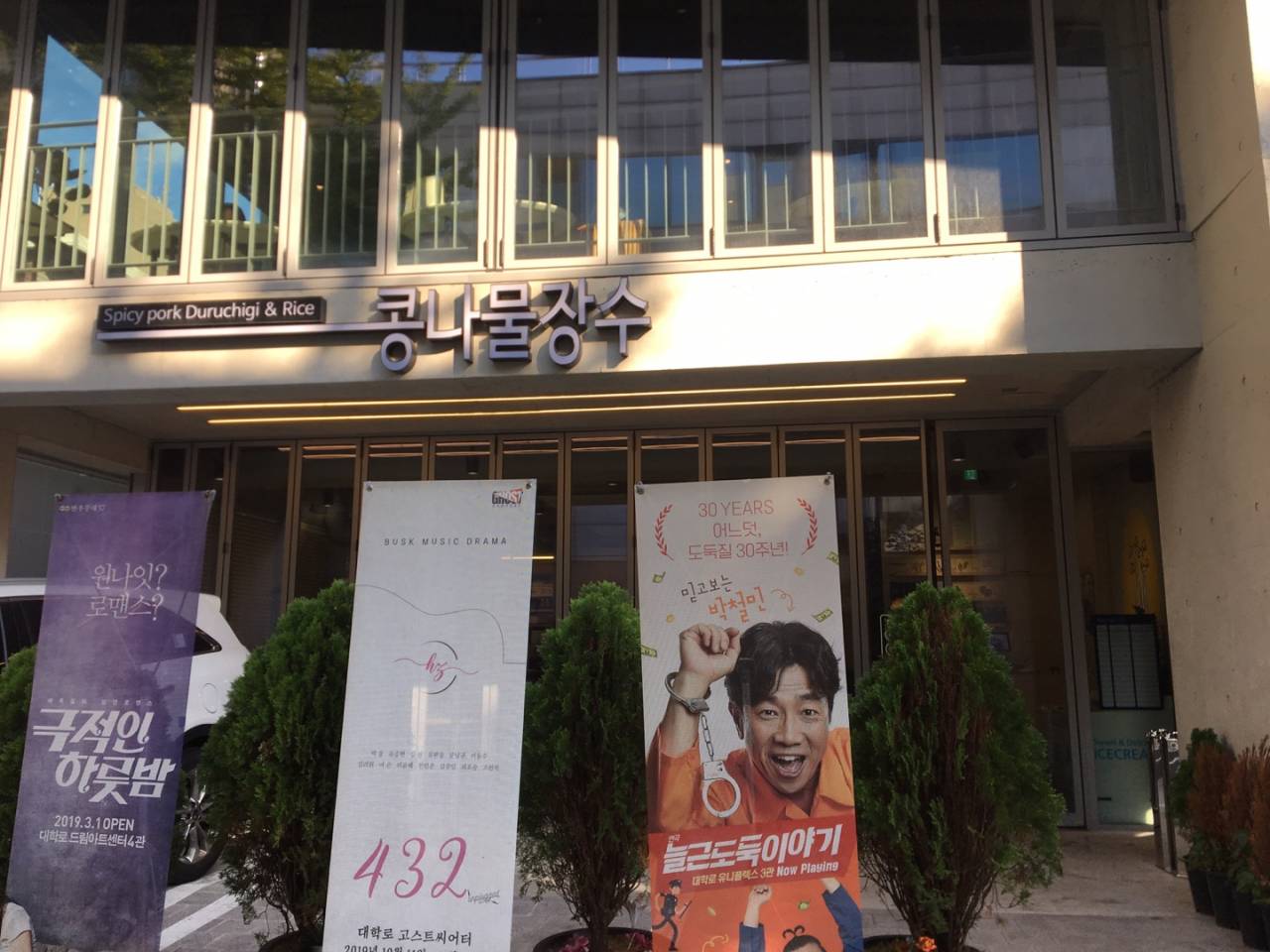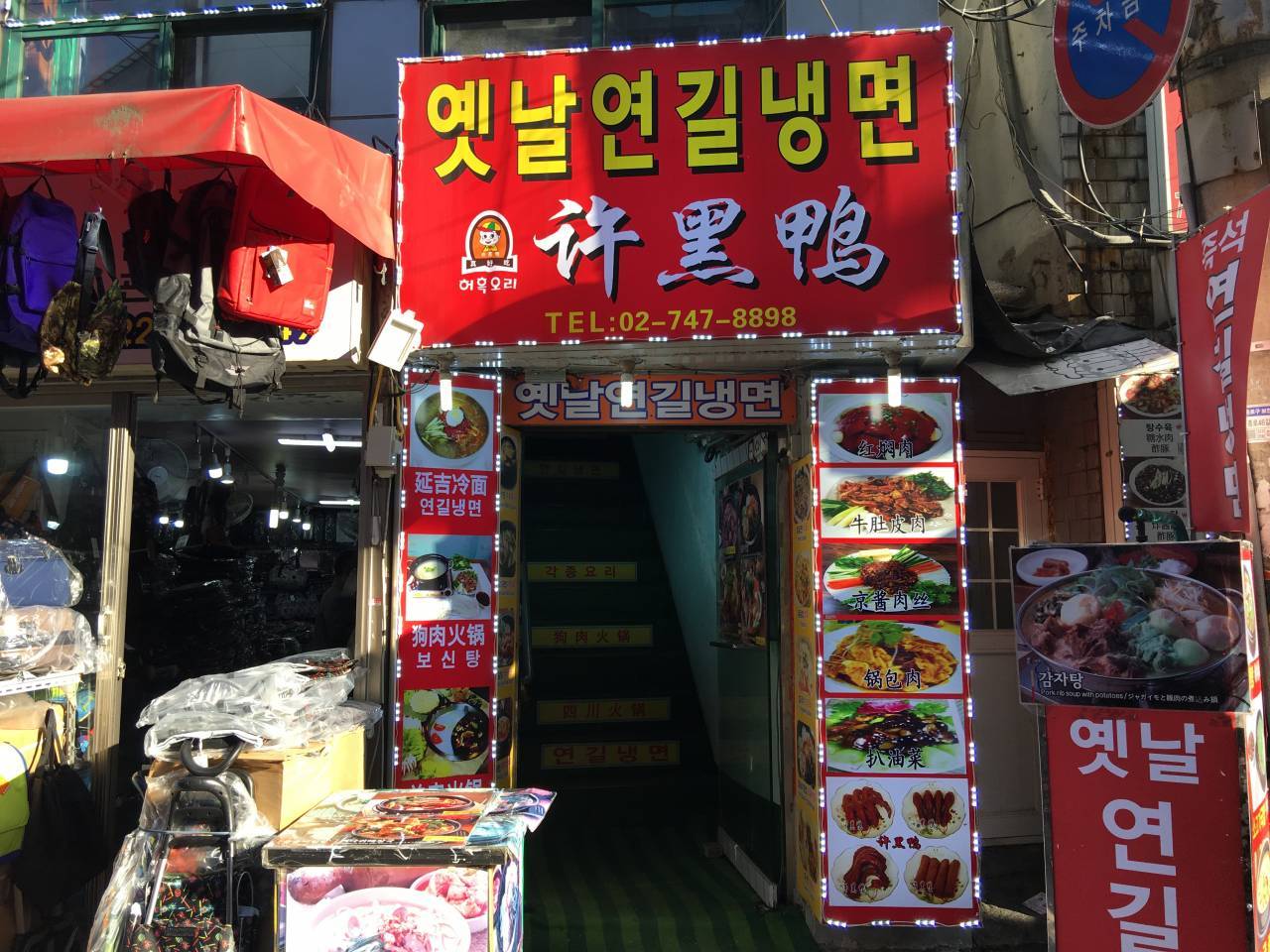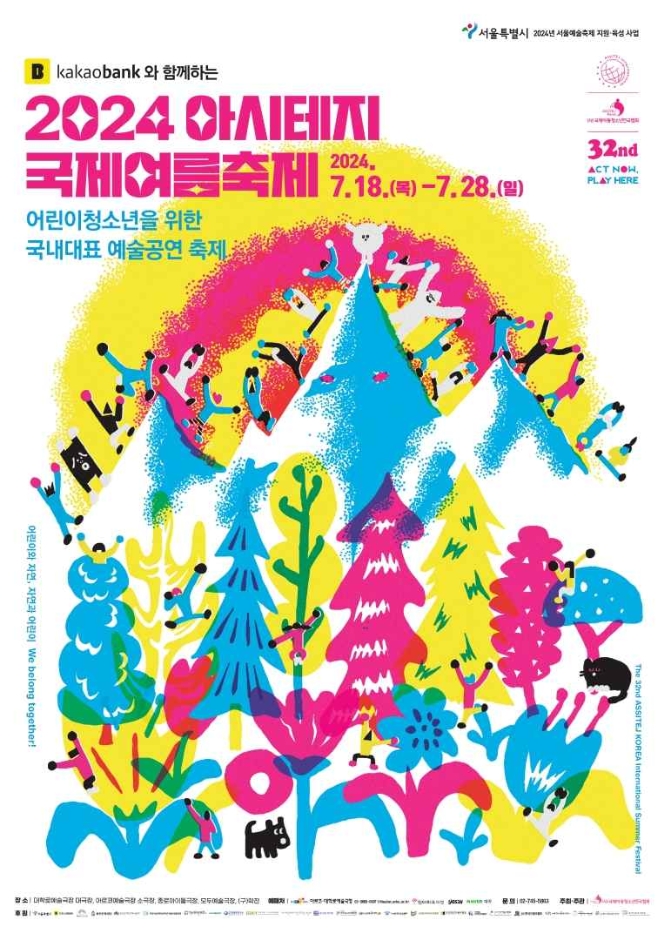Dongdaemun History & Culture Park (동대문역사문화공원)
2.7Km 2024-11-27
281 Eulji-ro, Jung-gu, Seoul
Dongdaemun History & Culture Park is a park established on the former site of the Dongdaemun Stadium. It serves as a thematic park showcasing the history and culture of Seoul, while also providing a space to experience modern design and culture. During the park's development in 2008, numerous artifacts from the Joseon dynasty, including The Two Floodgates, the Chiseong Castle, Military Training Agency, and over 1,000 relics from the Joseon era, were excavated. Alongside the park, there is the Dongdaemun Design Plaza (DDP) and the Relic area.
The Shilla Duty Free Shop - Seoul Branch (신라면세점 (서울점))
2.7Km 2022-08-05
249, Dongho-ro, Jung-gu, Seoul
+82-1688-1110
The Shilla Duty Free Shop Seoul Store is located inside The Shilla Seoul Hotel. The duty free shop has over 400 brand stores that sell perfume, cosmetics, clothes, bags, watches, and jewelry, all of which can be purchased at discounted prices. Convenient amenities and services such as the rooftop cafe, free valet parking, and an outdoor sculpture park are also prepared so that customers can enjoy a carefree shopping experience.
Kongnamul Jangsu (콩나물장수)
2.7Km 2021-03-18
94, Dongsung-gil, Jongno-gu, Seoul
+82-2-763-7999
This is a Korean cuisine located in Daehak-ro, Seoul. The best menu at this restaurant is stir-fried bean sprouts and pork. Kongbul (bulgogi with bean sprouts) is a spicy dish of fried pork with bean sprouts.
Homeplus Express - Myeongnyun Branch (No. 2) [Tax Refund Shop] (홈플러스익스프레스 명륜2호)
2.7Km 2024-04-18
5, Hyehwa-ro 3-gil, Jongno-gu, Seoul
-
Yennal Yeongil Naengmyeon (옛날연길냉면)
2.7Km 2021-03-18
31, Jong-ro, 46-gil, Jongno-gu, Seoul
+82-2-747-8898
This is a Korean cuisine located in Dongdaemun Gate, Seoul. A restaurant run by a Chinese. The best menu at this restaurant is cold buckwheat noodles.
CU - Dongsoong Art Center Branch [Tax Refund Shop] (cu동숭아트점)
2.7Km 2024-06-26
114, Dongsung-gil, Jongno-gu, Seoul
-
ASSITEJ International Summer Festival (아시테지 국제여름축제)
2.7Km 2024-07-09
114 Dongsung-gil, Jongno-gu, Seoul
+82-2-745-5863
ASSITEJ International Summer Festival is Korea's largest performing arts festival aimed at introducing theater to children. Started in 1993, the festival has continued to grow each year, including many performances from overseas groups to delight children and adults alike.


![Homeplus Express - Myeongnyun Branch (No. 2) [Tax Refund Shop] (홈플러스익스프레스 명륜2호)](http://tong.visitkorea.or.kr/cms/resource/80/2878180_image2_1.jpg)


 English
English
 한국어
한국어 日本語
日本語 中文(简体)
中文(简体) Deutsch
Deutsch Français
Français Español
Español Русский
Русский